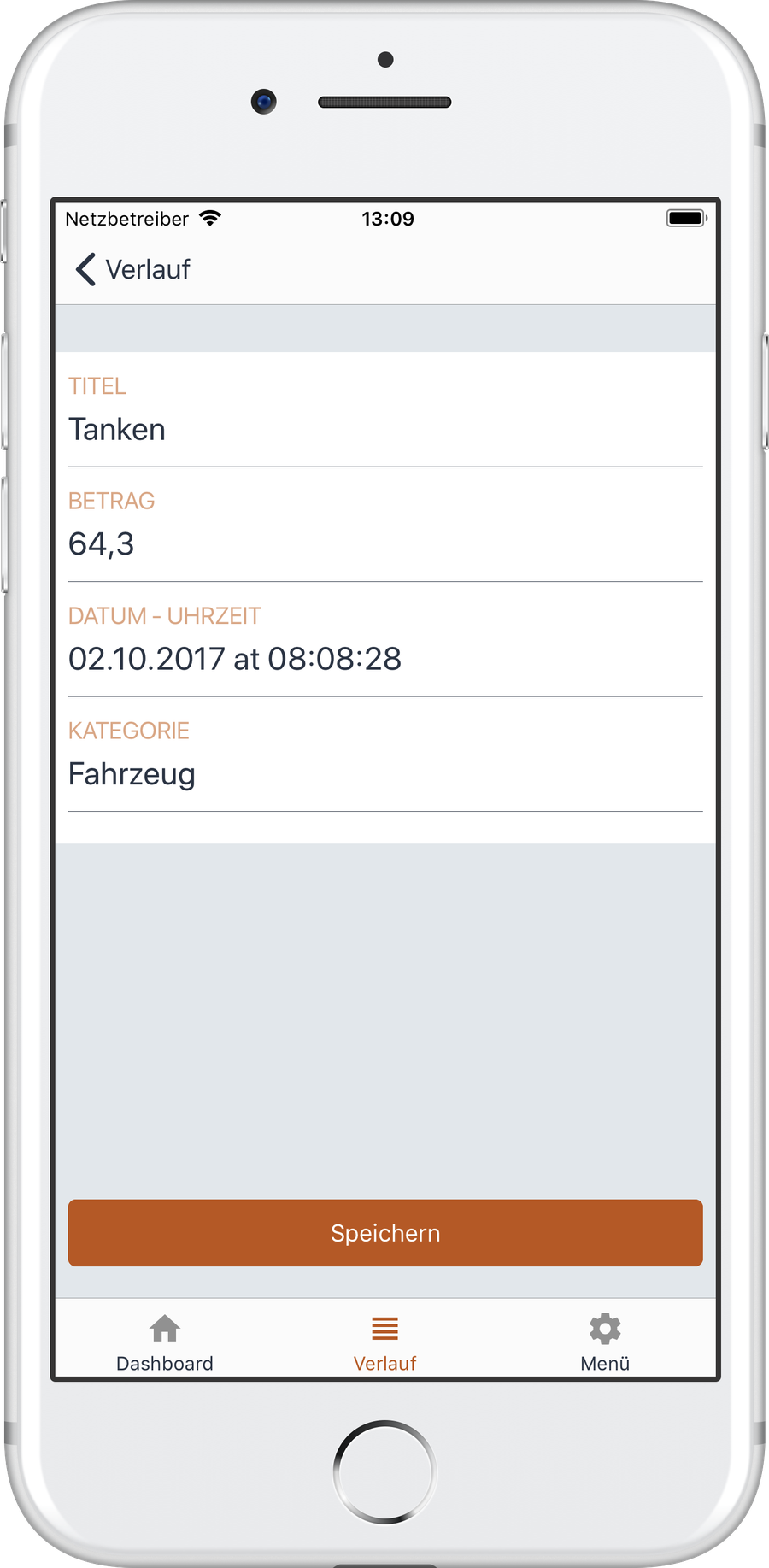
This example response header allows Google Identity Services to load andĮxecute successfully: Content-Security-Policy-Report-Only: script-src frame-src connect-src This helps minimizeįailures when GIS is updated. To allow the URL of the Google Identity Services Stylesheets.Īvoid listing individual GIS URLs when using connect-src. To allow the URL of the Google Identity Services JavaScript library. To allow the parent URL of the One Tap and Sign In With Google button iframes. To allow a page to load the parent URL for Google Identity Services Your Content Security Policy might include one or more directives, such asĬonnect-src, frame-src, script-src, or style-src. Is recommended to secure your app and prevent cross-site scripting (XSS) Refer to OAuth verification requirements for details. OAuth Consent Screen fields shown on One Tap UIĬheck "Verification Status", if your application needs verification then click the "Submit For Verification" button to submit your application for verification.

Must be hosted on an Authorized Domain.įigure 1. Must be hosted on an Authorized Domain.Īpplication Terms of Service link (Optional): Shown on Sign In With Google consent screen and One-Tap GDPR compliant disclaimer information under the “Continue as” button. Must be hosted on an Authorized Domain.Īpplication Privacy Policy link: Shown on Sign In With Google consent screen and One-Tap GDPR compliant disclaimer information under the “Continue as” button. Learn more.Īpplication Homepage link: Shown on Sign In With Google consent screen and One-Tap GDPR compliant disclaimer information under the “Continue as” button. Your applications' links must be hosted on Authorized Domains. Learn more.Īuthorized domains: To protect you and your users, Google only allows applications that authenticate using OAuth to use Authorized Domains. It is generally a best practice to request scopes incrementally, at the time access is required, rather than up front. For the authentication, default scope (email, profile, openid) is sufficient, you don't need to add any sensitive scopes. Scopes for Google APIs: Scopes allow your application to access your user's private Google data. This email address will be shown to users on the Sign In With Google consent screen when the user clicks the application name. Support email: Shown on the consent screen for user support and to G Suite administrators evaluating access to your application for their users. The logo is shown on Sign In With Google consent screen and on account settings, whereas it’s not shown on One Tap dialog. The application name will be shown on the One-tap dialog window.Īpplication logo: An image on the consent screen that will help users recognize your app. The name should accurately reflect your application and be consistent with the application name users see elsewhere. On the "OAuth consent screen" page, fill out the form and click the “Save” button.Īpplication name: The name of the application asking for consent.

Your site's domain in the Authorized JavaScript origins box. If your project doesn't have a Web application-type client ID, clickĬreate credentials > OAuth client ID to create one. Sign In With Google button or Google One Tap, use the existing project and the web To do so, complete the following steps:Ĭreate or select a Google APIs project. To enable Sign In With Google on your website, you first need to set up your GoogleĪPI client ID. Setup your OAuth configuration and optionally configure your site Content

Before you add Sign In With Google, One Tap, or Automatic sign-in to your website


 0 kommentar(er)
0 kommentar(er)
